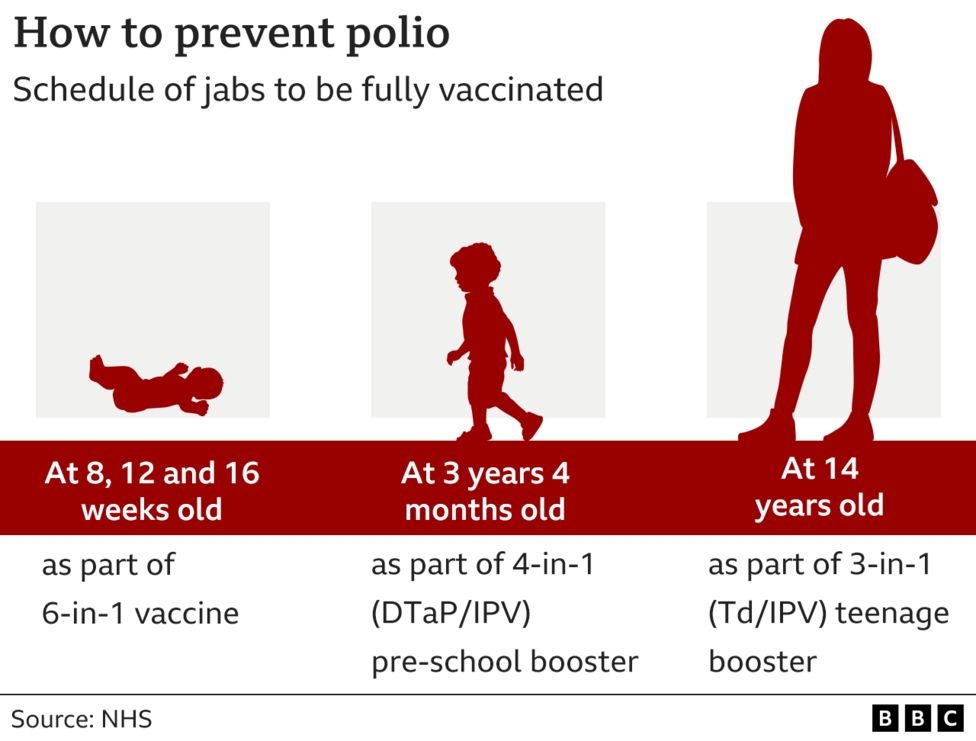Polio, also known as poliomyelitis, is a highly infectious disease that can cause paralysis, disability, and even death. Despite significant progress in global polio eradication efforts, the disease still poses a threat to public health, particularly in areas with low vaccination coverage and poor sanitation. As we move forward in 2025, it is essential to remain vigilant and proactive in preventing polio outbreaks. In this article, we will discuss the current state of polio prevention, the risks and challenges associated with the disease, and the strategies that can be employed to prevent outbreaks.

The Current State of Polio Prevention
The global polio eradication initiative, launched in 1988, has made tremendous progress in reducing the incidence of polio worldwide. According to the World Health Organization (WHO), the number of polio cases has declined by over 99% since the initiative began. However, the disease still persists in a few countries, including Afghanistan, Pakistan, and Nigeria, where conflict, insecurity, and lack of access to healthcare have hindered eradication efforts.
In 2025, the WHO and its partners continue to work towards a polio-free world through a range of activities, including:
- Vaccination campaigns: Mass vaccination campaigns are being conducted in high-risk areas to ensure that all children are protected against polio.
- Surveillance and monitoring: Enhanced surveillance and monitoring systems are in place to quickly detect and respond to polio cases and outbreaks.
- Community engagement: Community-based initiatives are being implemented to raise awareness about the importance of polio vaccination and to address misconceptions and fears about the vaccine.
- Healthcare system strengthening: Efforts are being made to strengthen healthcare systems, including improving immunization services, disease surveillance, and outbreak response.
Risks and Challenges
Despite the progress made, several risks and challenges persist, including:
- Vaccine hesitancy: Vaccine hesitancy and refusal remain significant challenges in some areas, driven by misconceptions, fears, and lack of trust in healthcare providers.
- Conflict and insecurity: Conflict and insecurity in some countries have disrupted healthcare services, including immunization programs, and have created an environment conducive to the spread of polio.
- Poor sanitation and hygiene: In areas with poor sanitation and hygiene, the risk of polio transmission is higher, particularly through the fecal-oral route.
- Migration and population movement: The movement of people, particularly across borders, can facilitate the spread of polio, highlighting the need for enhanced surveillance and vaccination efforts in areas with high population mobility.
Strategies for Preventing Polio Outbreaks
To prevent polio outbreaks, the following strategies can be employed:
- Maintain high vaccination coverage: Ensure that all children are vaccinated against polio, with a focus on high-risk areas and populations.
- Enhance surveillance and monitoring: Strengthen surveillance and monitoring systems to quickly detect and respond to polio cases and outbreaks.
- Improve sanitation and hygiene: Promote good sanitation and hygiene practices, including proper waste management and handwashing, to reduce the risk of polio transmission.
- Address vaccine hesitancy: Implement community-based initiatives to address vaccine hesitancy and misinformation, and to build trust in healthcare providers.
- Support healthcare system strengthening: Strengthen healthcare systems, including immunization services, disease surveillance, and outbreak response, to ensure that they are equipped to prevent and respond to polio outbreaks.
- Foster global coordination and collaboration: Encourage global coordination and collaboration to share best practices, provide technical assistance, and mobilize resources to support polio prevention and eradication efforts.
FAQs
- What is polio, and how is it transmitted?
Polio is a highly infectious disease that can cause paralysis, disability, and death. It is transmitted primarily through the fecal-oral route, where the virus is shed in the stool of infected individuals and can contaminate food, water, and surfaces. - What are the symptoms of polio?
The symptoms of polio can range from mild, flu-like symptoms to severe paralysis and disability. In some cases, polio can be asymptomatic, meaning that individuals may not exhibit any symptoms. - How can I protect myself and my family from polio?
You can protect yourself and your family from polio by ensuring that all children are vaccinated against the disease, practicing good sanitation and hygiene, and avoiding close contact with individuals who may be infected. - What is the current status of polio eradication efforts?
While significant progress has been made in reducing the incidence of polio, the disease still persists in a few countries, and ongoing efforts are needed to achieve a polio-free world. - How can I get involved in polio prevention and eradication efforts?
You can get involved in polio prevention and eradication efforts by supporting organizations that work on polio eradication, volunteering your time and skills, and advocating for increased funding and resources to support polio prevention and eradication efforts.
Conclusion
Preventing polio outbreaks requires a comprehensive approach that includes maintaining high vaccination coverage, enhancing surveillance and monitoring, improving sanitation and hygiene, addressing vaccine hesitancy, supporting healthcare system strengthening, and fostering global coordination and collaboration. While significant progress has been made in reducing the incidence of polio, ongoing efforts are needed to achieve a polio-free world. By working together and employing the strategies outlined in this article, we can prevent polio outbreaks and ensure that all children are protected against this devastating disease. It is essential that we remain vigilant and proactive in our efforts to prevent polio outbreaks, and that we continue to support global efforts to eradicate polio once and for all.
Closure
Thus, we hope this article has provided valuable insights into Preventing Polio Outbreaks in 2025: A Comprehensive Approach. We thank you for taking the time to read this article. See you in our next article!